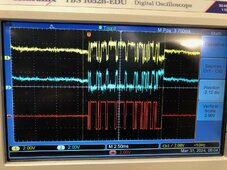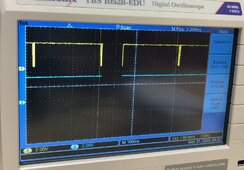andypnz
New Member
I have a Solis S5 S5-GR1P(3-6)K 5kW inverter. It is a ‘meter’ type - not CT type.
I want to use export limiting. But rather than buy a separate power meter to feed ?modbus to the meter port on the inverter, I would like to use grid import/export data I already have within Home Assistant. Can I use ESPHome on an esp8266 + serial-modbus adaptor to feed this value to the Solis S5?
Any help appreciated! I am not even sure the ‘meter’ port on the inverter accepts modbus?
I want to use export limiting. But rather than buy a separate power meter to feed ?modbus to the meter port on the inverter, I would like to use grid import/export data I already have within Home Assistant. Can I use ESPHome on an esp8266 + serial-modbus adaptor to feed this value to the Solis S5?
Any help appreciated! I am not even sure the ‘meter’ port on the inverter accepts modbus?
Last edited:







